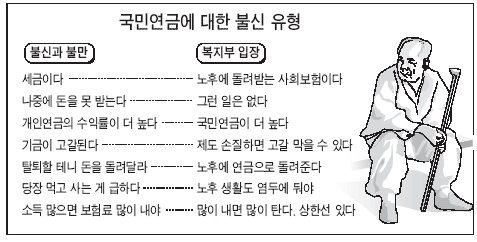Women work - Women's life in statistics
| Joongang Ilbo tells that the majority of married women (actually "housewives", chubu 主婦) in their 40s are having an extra job for the need to contribute to household expenses. The thing is that an increasing number of married women are seeking employment (but what kind of employment) as the families are having more and more difficult to cope with only the income of the father. (This piece of news comes actually from the recent Statistics Office publication "Women's Life in Statistics" (T'onggyero ponûn yôsôngûi sam). (The page at NSO where the report can be downloaded; the 80-page document as a 2.4 Mt hwp file and as a 4.3 Mt pdf file.) The proportion of economically active women in their 20s is 60%, in their early 30s 49% [women in their early marriage, after giving birth to children], but rises again to 64% among women of 40-44 years of age [when children don't need constant attention any more].  The figure to the right: Women's economic activity after 15 years of marriage. Has not been working: 40.2%, quit work after getting marriage 11.8, went back to work after marriage 11, had work for the first time after marriage 29%, continues working from before marrying 7.9%. The figure to the right: Women's economic activity after 15 years of marriage. Has not been working: 40.2%, quit work after getting marriage 11.8, went back to work after marriage 11, had work for the first time after marriage 29%, continues working from before marrying 7.9%.These women are good work force for businesses. As they are not expected to make a living with the wages but only to contribute to the household expenses, they can be paid low wages; women's pay is 64% of men's salaries, tells the article. (Now I don't know whether this is the general wage level, or the difference of pay in similar occupations. Most likely the former.) It's a bit like arûbait'û (Ger. arbeit, through Japanese, meaning part time work not meant to provide a living), in which ridiculously low wages can be paid. Women seeking salaried work or self-employment is of course nothing new, but it makes news when supposedly middle-class women need to do it, and when middle-class men are no more able to provide for their family. Looking at the original document, women's overall participation in economic life is 49% in Korea. In Finland, 72% of women of 15-64 years of age belong to work force, 63% are occupied. Now this might look like a proof of women's freedom, but it tells as much how lousy men's salaries are... Categories at del.icio.us/hunjang: women-men ∙ work ∙ Koreanstudies ∙ stratification ∙ Koreansociety |
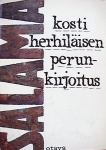

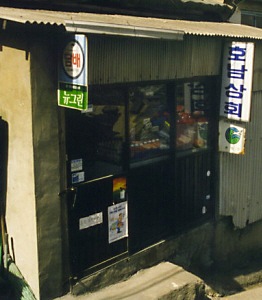 The government is going to rise cigarette prices later this year, so retailers are hoarding (
The government is going to rise cigarette prices later this year, so retailers are hoarding (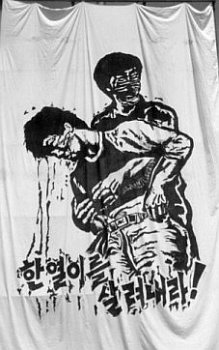
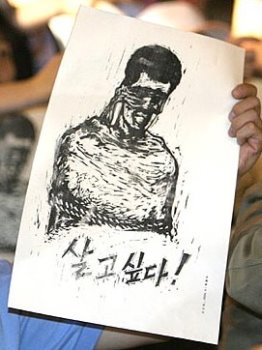

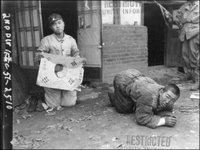
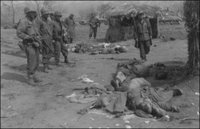
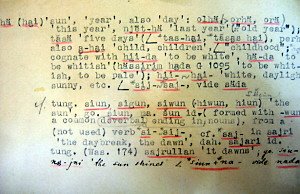
 "How to Read Donald Duck: Imperialist Ideology in the Disney Comic", written by Ariel Dorfman and Armand Mattelart in 1971 (in Chile during Allende's presidency) has been published in Korea by the name 도널드 덕, 어떻게 읽을 것인가 - 디즈니 만화로 가장한 미 제국주의의 야만. (Actually it came out already one year ago, but
"How to Read Donald Duck: Imperialist Ideology in the Disney Comic", written by Ariel Dorfman and Armand Mattelart in 1971 (in Chile during Allende's presidency) has been published in Korea by the name 도널드 덕, 어떻게 읽을 것인가 - 디즈니 만화로 가장한 미 제국주의의 야만. (Actually it came out already one year ago, but  My impression is that Disney's comics have never been that widely read in Korea, at least compared to what they're here. I mean, a whole nation identifying itself with Donald Duck (and not with Mickey Mouse); national police swat team naming itself "Beagle Brothers"; Carl Barks, the most famous of the Disney cartoonists, parading through Helsinki for cheering crowds together with the Helsinki mayor during his visit in the early 90s; perhaps the same number of subscribers to the comics magazine in a nation of 5 million as in the whole US, and so on.
My impression is that Disney's comics have never been that widely read in Korea, at least compared to what they're here. I mean, a whole nation identifying itself with Donald Duck (and not with Mickey Mouse); national police swat team naming itself "Beagle Brothers"; Carl Barks, the most famous of the Disney cartoonists, parading through Helsinki for cheering crowds together with the Helsinki mayor during his visit in the early 90s; perhaps the same number of subscribers to the comics magazine in a nation of 5 million as in the whole US, and so on. 

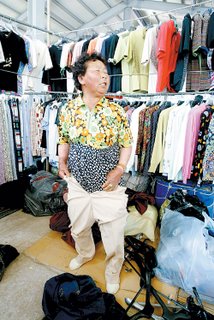
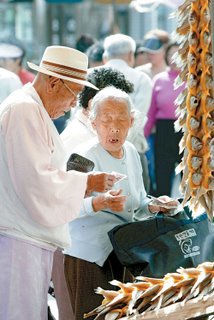



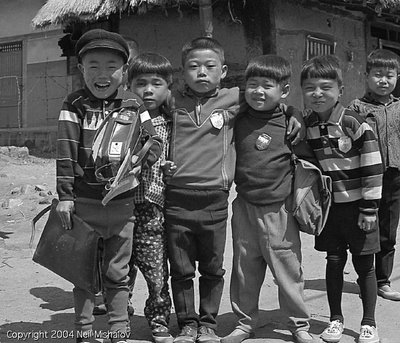

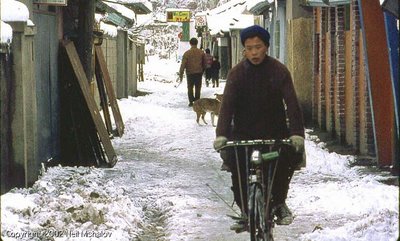

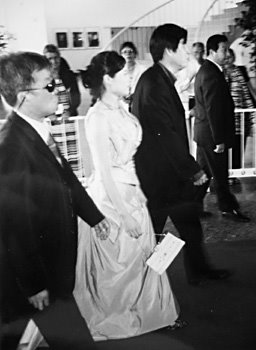
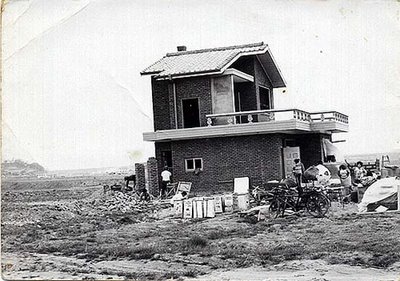
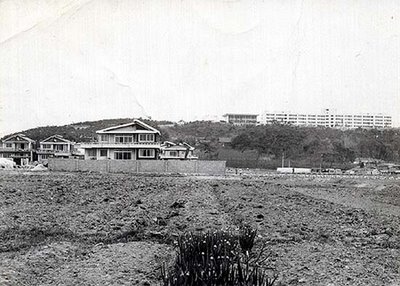
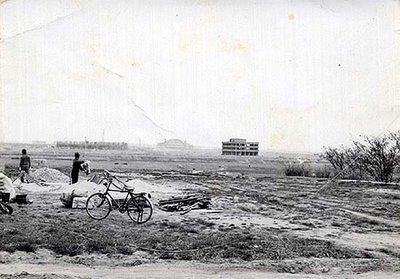
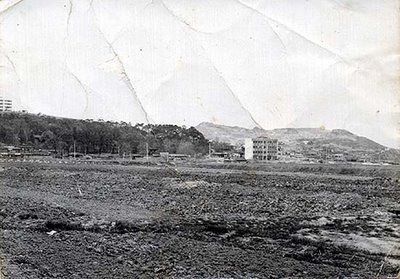

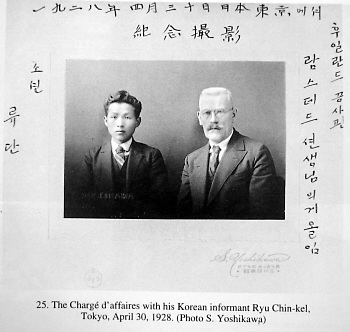 Ramstedt as a scholar of Korean language; as far as I understand his grammar was extremely important, but his suggestions about the Altaic link of Korean have not stood the test of the time, except for perhaps some Korean governmental material, in which the even more obsolete hypotheses of the Ural-Altaic group is given life to connect Korean to for example Hungarian. (A Finnish businessman once asked me in Seoul if the talk about our language and Korean being related is true; I told that the most honest answer is that there is no connection, but we agreed that in cases when it helps selling stuff to Koreans, the two languages may as well be related.)
Ramstedt as a scholar of Korean language; as far as I understand his grammar was extremely important, but his suggestions about the Altaic link of Korean have not stood the test of the time, except for perhaps some Korean governmental material, in which the even more obsolete hypotheses of the Ural-Altaic group is given life to connect Korean to for example Hungarian. (A Finnish businessman once asked me in Seoul if the talk about our language and Korean being related is true; I told that the most honest answer is that there is no connection, but we agreed that in cases when it helps selling stuff to Koreans, the two languages may as well be related.)

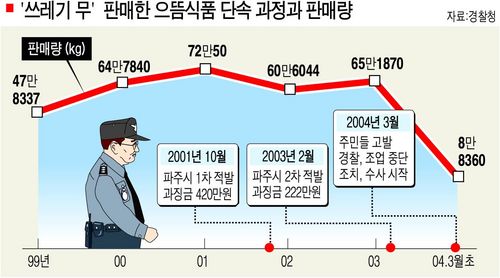
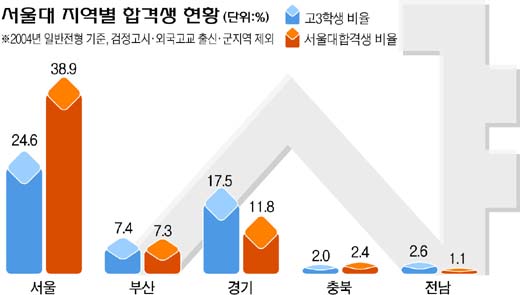


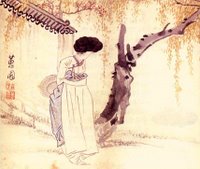

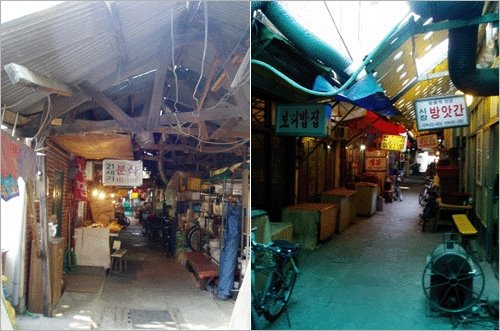
 The place mentioned in the article is operated by a Catholic lawyer, teaching religion and giving a resting place for the exam crammers, who are said to have quite a lot of mental problems. And that's nothing to be surprised about, residing in the worst case years after years in a dog-house sized dorm room, reading for the exams, taking it and failing and doing it all over again.
The place mentioned in the article is operated by a Catholic lawyer, teaching religion and giving a resting place for the exam crammers, who are said to have quite a lot of mental problems. And that's nothing to be surprised about, residing in the worst case years after years in a dog-house sized dorm room, reading for the exams, taking it and failing and doing it all over again. 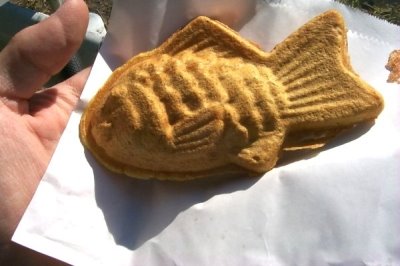
 I'm not sure if this Kim Chang-hyun guy belongs to the NL/National Alliance (Chôn'guk yônhap) sphere, but this is what he had to say about applying "universal values" on socialist countries (read DPRK).
I'm not sure if this Kim Chang-hyun guy belongs to the NL/National Alliance (Chôn'guk yônhap) sphere, but this is what he had to say about applying "universal values" on socialist countries (read DPRK).